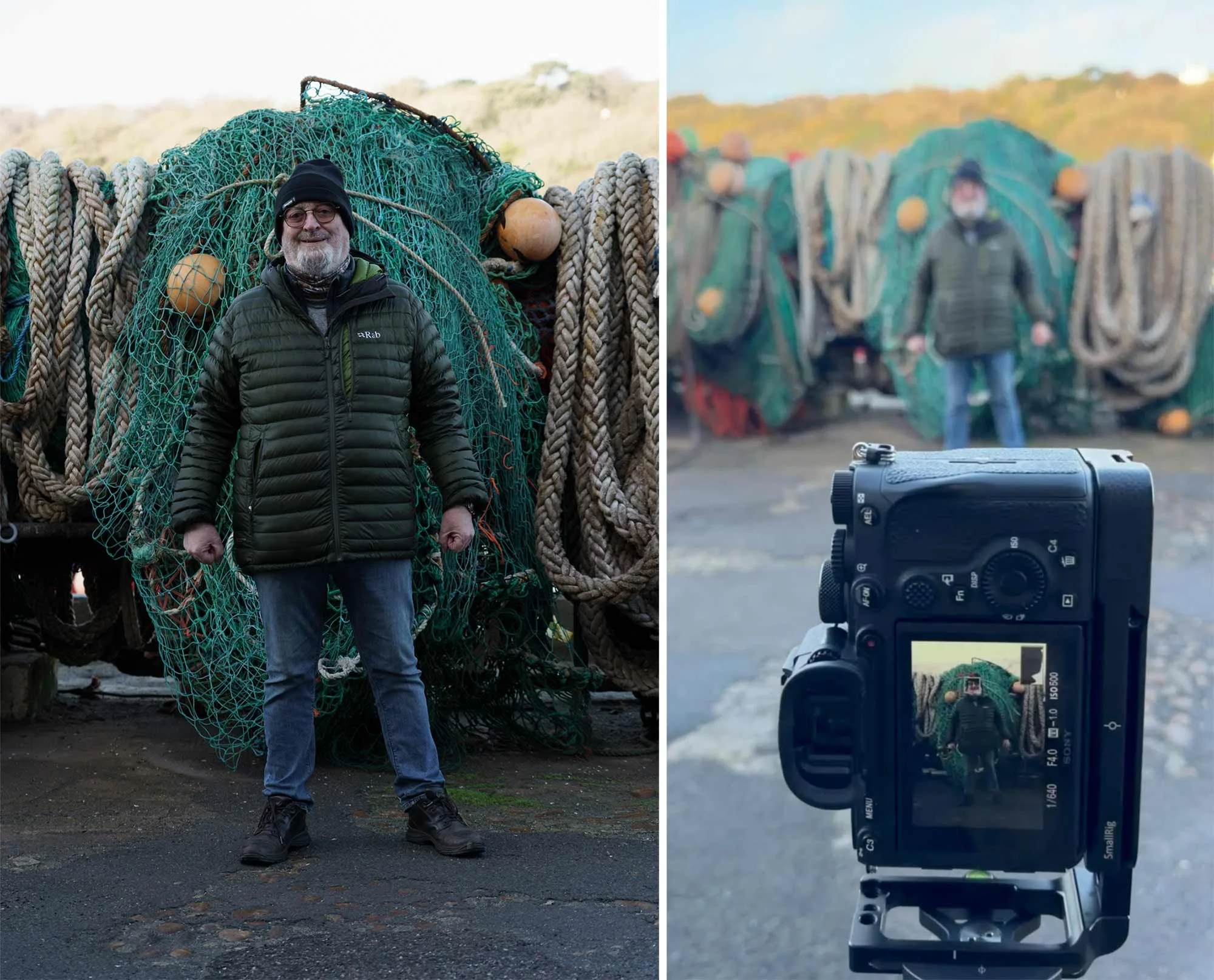Adobe has just rolled out one of the most significant updates we've seen in a while by integrating Photoshop, Express, and Acrobat directly into ChatGPT. And here's the kicker: these features are currently free to use, no Creative Cloud subscription required.
Why This Matters
This is a fascinating strategic play. ChatGPT has roughly 800 million active users, many of whom recognize the Photoshop brand but find the actual software intimidating or prohibitively expensive. By embedding these tools inside a chat interface where people already feel comfortable, Adobe is dismantling that barrier to entry. They're essentially converting casual users into potential creators through familiarity and ease of use.
What the Integration Actually Does
The capabilities are surprisingly robust for a chat-based tool. You can upload an image and ask Photoshop to handle basic retouching or apply artistic styles. The masking feature is particularly impressive, intelligently selecting subjects without manual input. Adobe Express generates social media posts or birthday cards from simple text prompts, while the Acrobat integration handles PDF merging and organization without leaving the conversation.
The Bigger Picture
Make no mistake: this isn't replacing the full desktop software. It's a streamlined, accessible version optimized for speed and convenience. Users who need granular control or heavy processing power will still require the complete applications.
This is a textbook freemium strategy. Adobe is giving users a taste of their engine, creating a natural upgrade path. Once someone hits the limitations of the chat interface, they're just one click away from the full experience. It's a smart way to widen the funnel and meet users exactly where they are.














